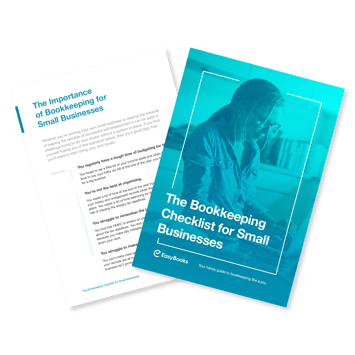You are probably already aware of the British Government’s move towards easier and more advanced tax management via the Making Tax Digital (MTD) program. But if you are a small business and are still wondering how and when to migrate to the digital way of things, you might need to make haste.
This move towards MTD comes for a variety of business owners. Self-employed business people, landlords, corporations, and accountants alike are having to make this jump. But keeping records in spreadsheets and manually logging them into the government’s online portal will just not cut it anymore. According to HMRC’s guidelines, businesses now need to select an MTD-compatible software to submit their tax returns. But how does bridging software for Making Tax Digital work?
What is Bridging Software for Making Tax Digital?
Simply put, bridging software is an all-in-one solution for your MTD needs. It extracts and collects information from the spreadsheets you’ve been maintaining year long and consolidates it. Then, it links it to HMRC’s portal and submits it electronically. Virtually, you can still keep using spreadsheets to keep digital records. But a bridging software, as the name suggests, will now act as a ‘bridge’ between you and HMRC’s tax return portal.
The drive-by HMRC to get businesses to take up bridging software for MTD reflects, in their own words, “HMRC’s Application Programme Interface (API) first strategy”. It is part of the government’s efforts to bring tax collection into a digital age and make it more efficient, less time-consuming, and overall easier to manage. Bridging software, therefore, is intended to save time, effort, and money for both the government and the affected businesses.
Choosing a bridging software also comes with a host of considerations. These include having sufficient record-retention capabilities and meeting the requirements of data security. It must also be properly authenticated to avoid compromising data integrity.
How does Bridging Software for Making Tax Digital help you?
Firstly, bridging software can work together with non-MTD-compatible forms of data collection such as spreadsheets and outdated bookkeeping products if you’re still using them. It enables you to be MTD-compliant while you gradually make the move towards a wholly digital tax return submission. This is accomplished by extracting the relevant data directly from the source of choice and making it MTD-compatible.
Secondly, the requirement for keeping digital records can be quite cumbersome, especially if you’re still using spreadsheets for your tax return needs. This is where comprehensive bridging software for MTD comes in handy and relieves you of that burden. You can have all your data reliably backed up without having to worry about storage, security, or sorting. It also helps you regularly update your records such as tracking payments and generating invoices – all in one place.
Thirdly, and perhaps most importantly, you do not need to manually calculate your VAT before inputting it in your return. As soon as you create an invoice or make a payment, the associated VAT is automatically calculated by the software and included in your VAT return. At the end of the filing period, all the VAT calculations are consolidated into a single return which is then conveniently submitted.
Lastly, you are able to save time, effort, and your business’s reputation by using bridging software for MTD. It allows you to spend less time worrying about and carrying out tax return activities and more time focusing on business growth. It also helps you show your customers that you take government regulations seriously and provide a safe business for everyone.
Conclusion
Ever since HMRC’s rolled out the MTD program, it has now become a legal obligation for affected businesses to submit their returns digitally. Bridging software for MTD acts as the link between you and HMRC and makes the digital tax return submission process more seamless.
As the April 1 deadline for migrating to MTD nears, there will never be a better time to select a bridging software for MTD than now. This is also cemented by the fact that no extension to the deadline for the deployment of phase two of MTD for VAT is being offered. Choosing an MTD-compatible bridging software, then, becomes the need of the hour.
EasyBooks is offering you a jumpstart in the race of digital taxation. With most firms still floundering the waters trying to make their tax digital, you can keep your business afloat and keep it legitimate by getting a bridging software for making your taxes digital with EasyBooks.







